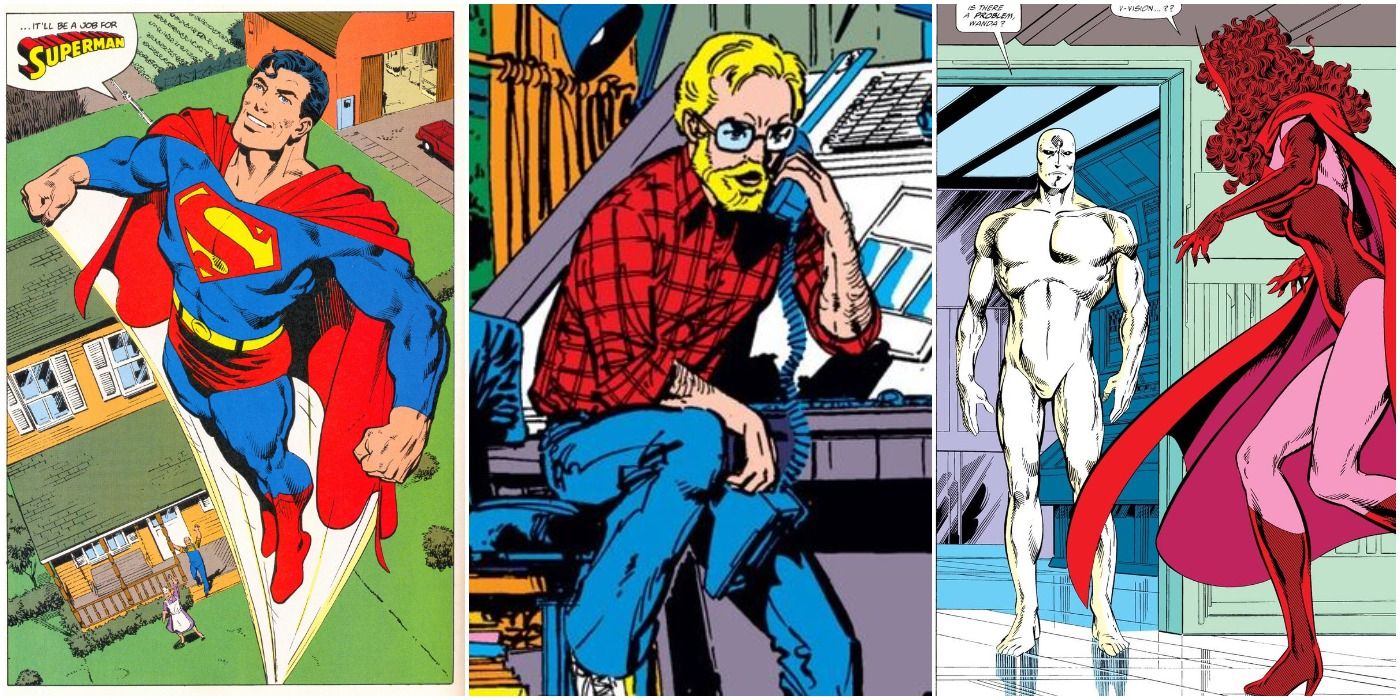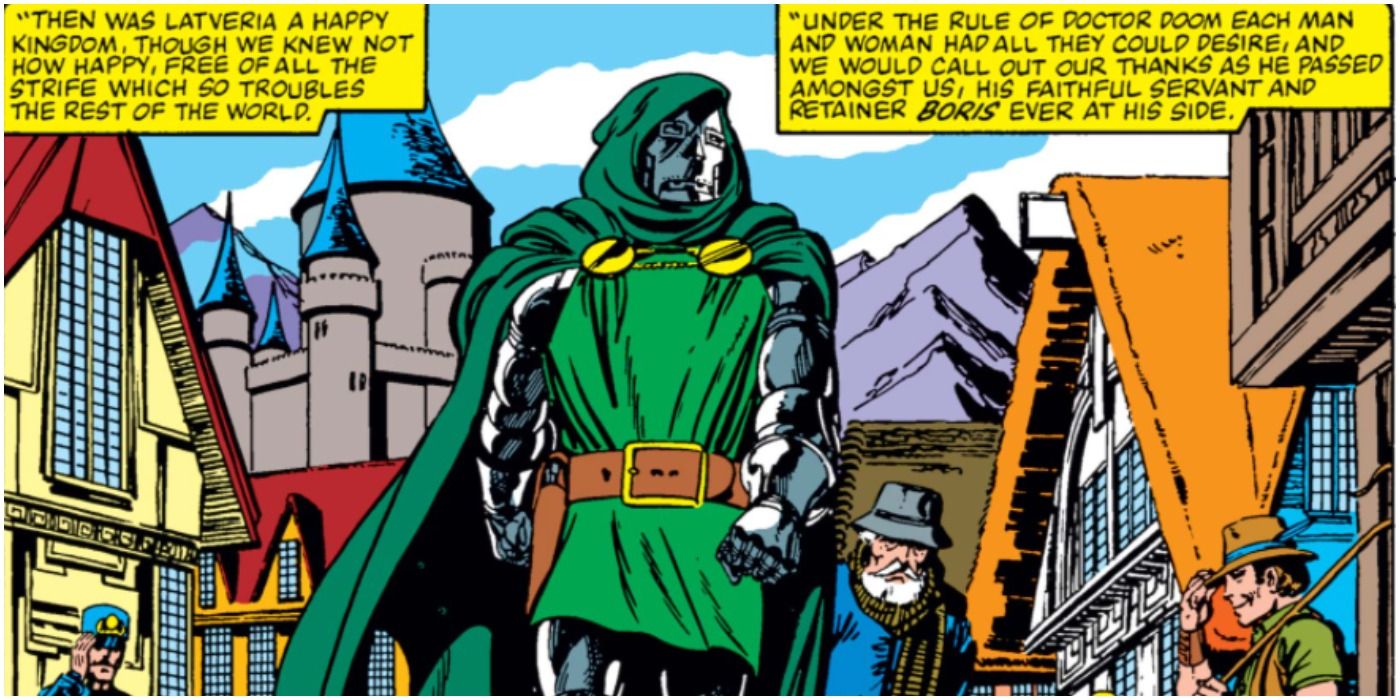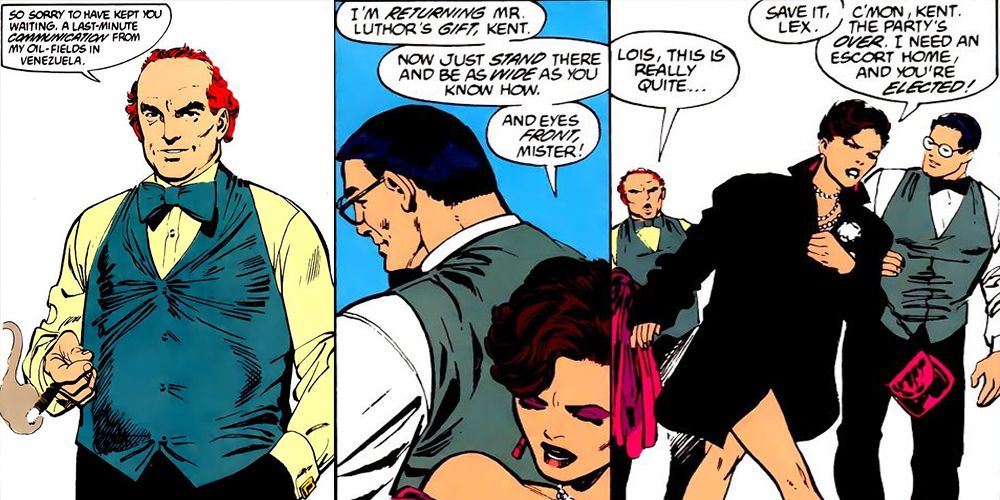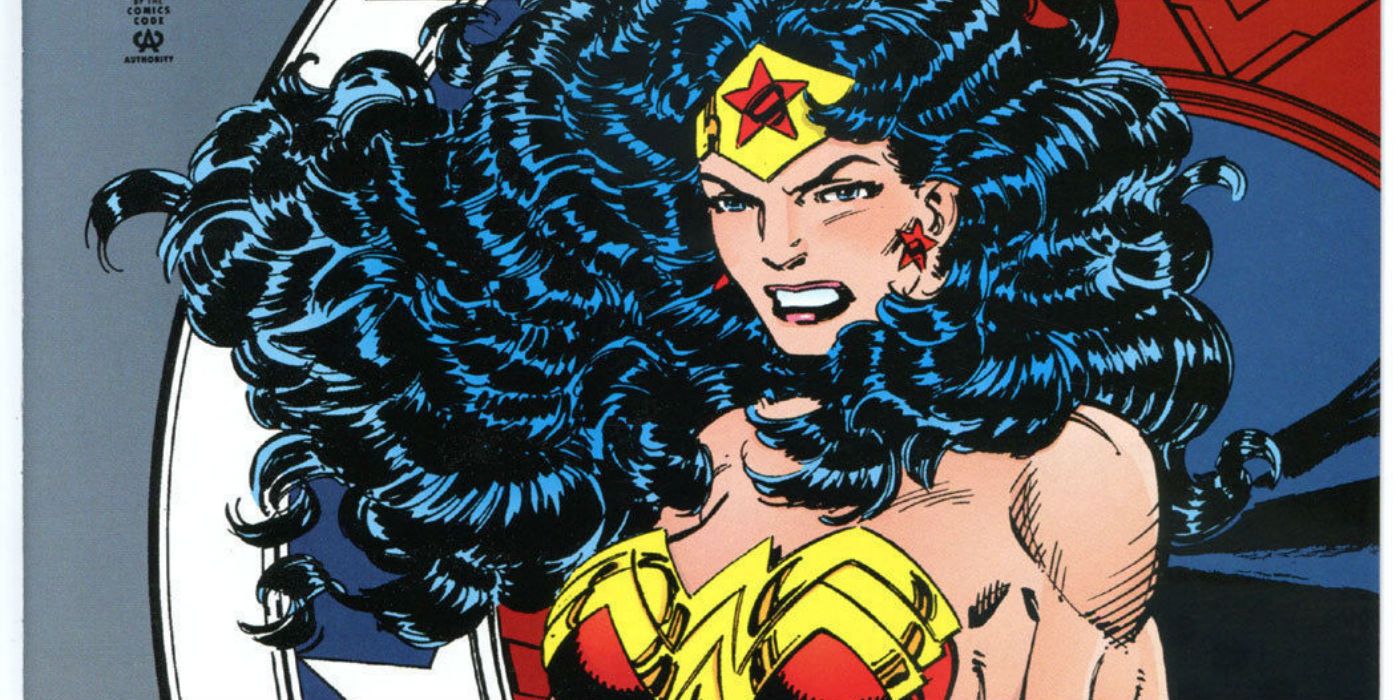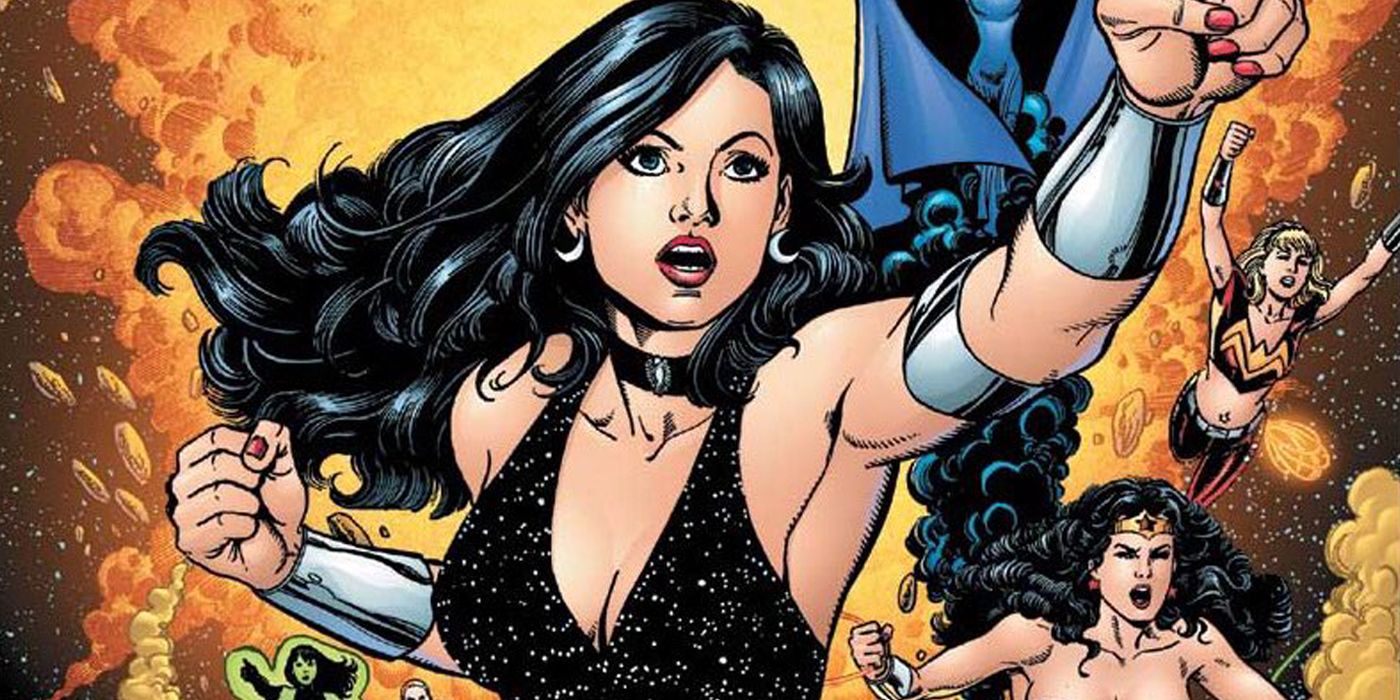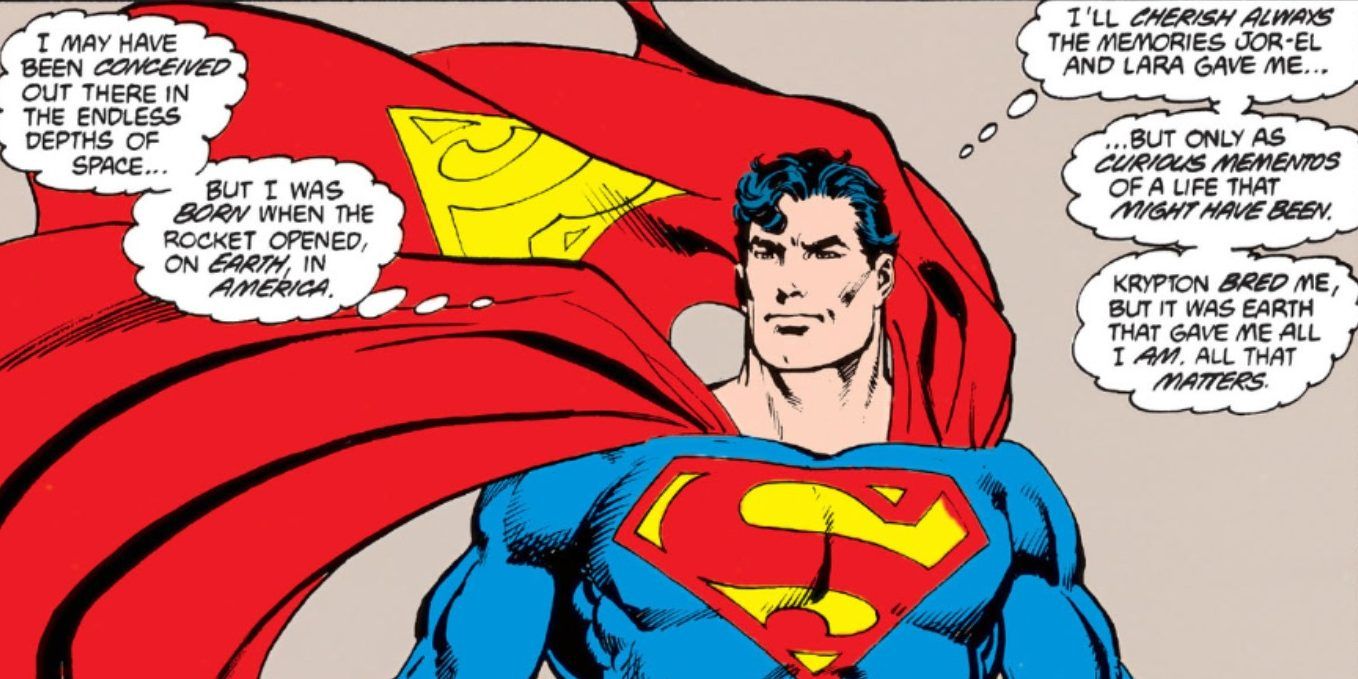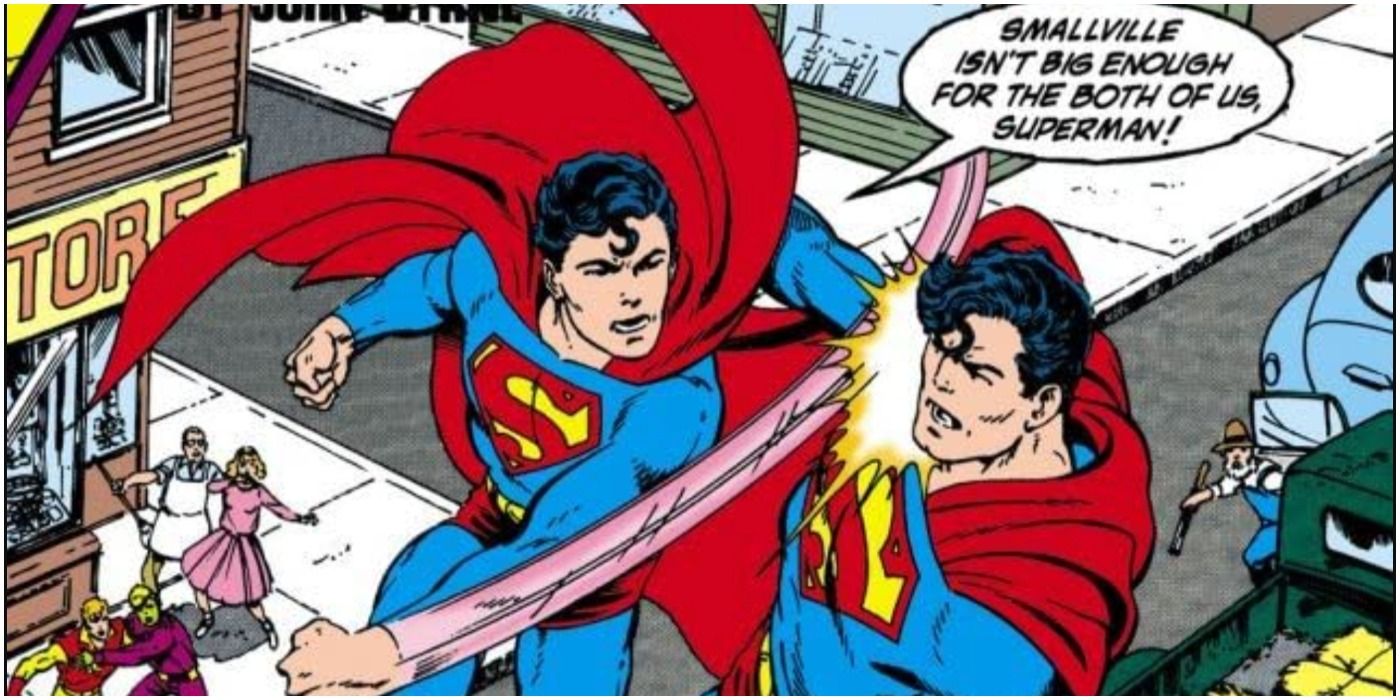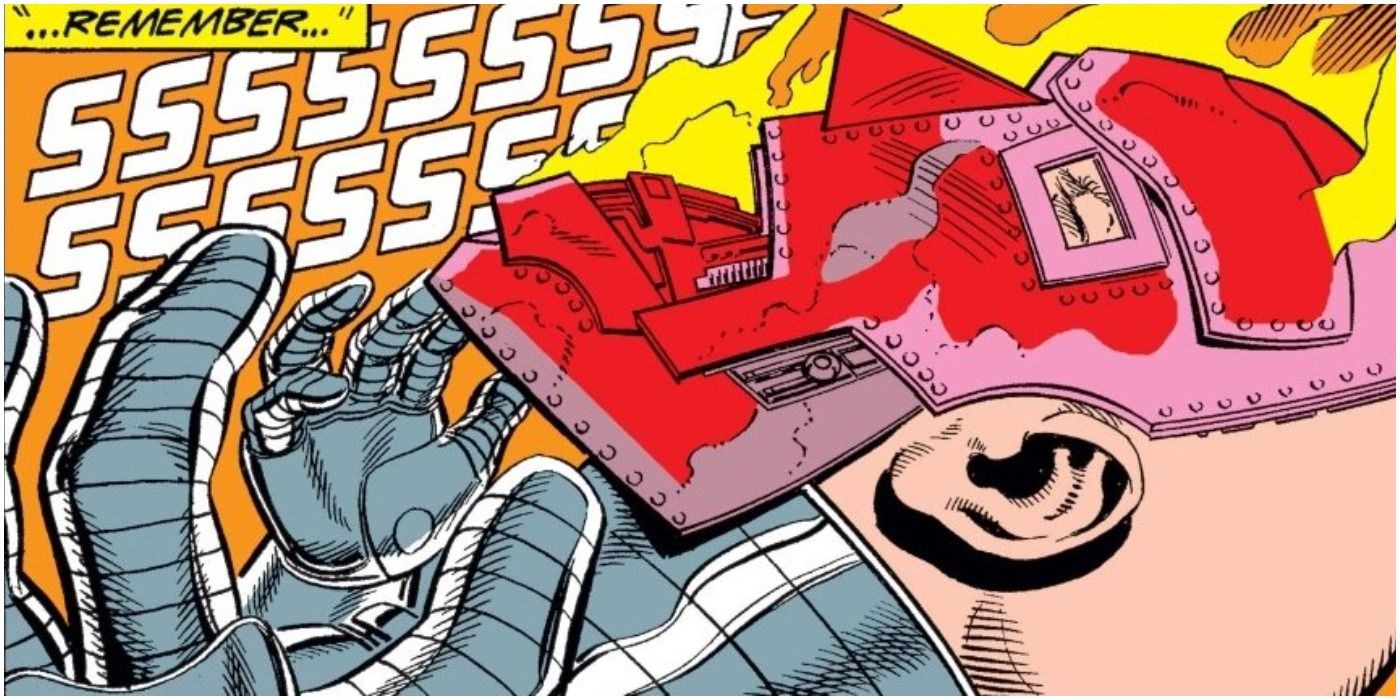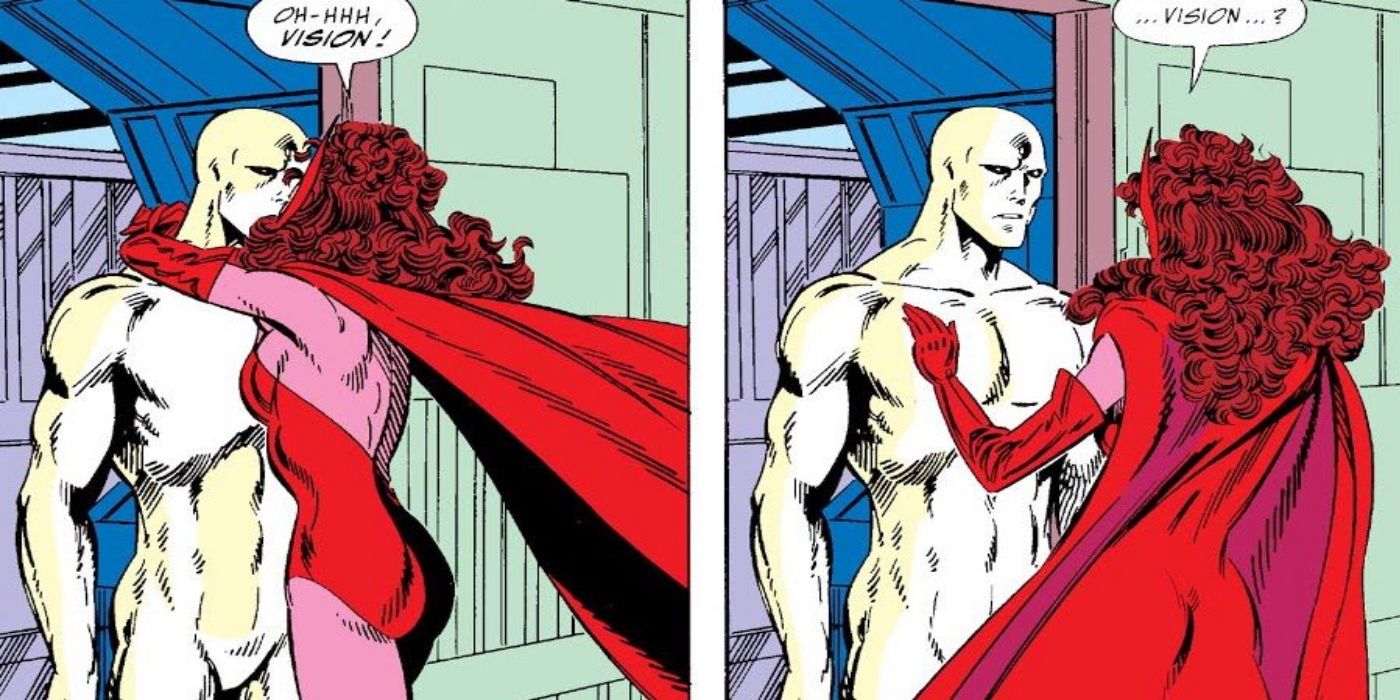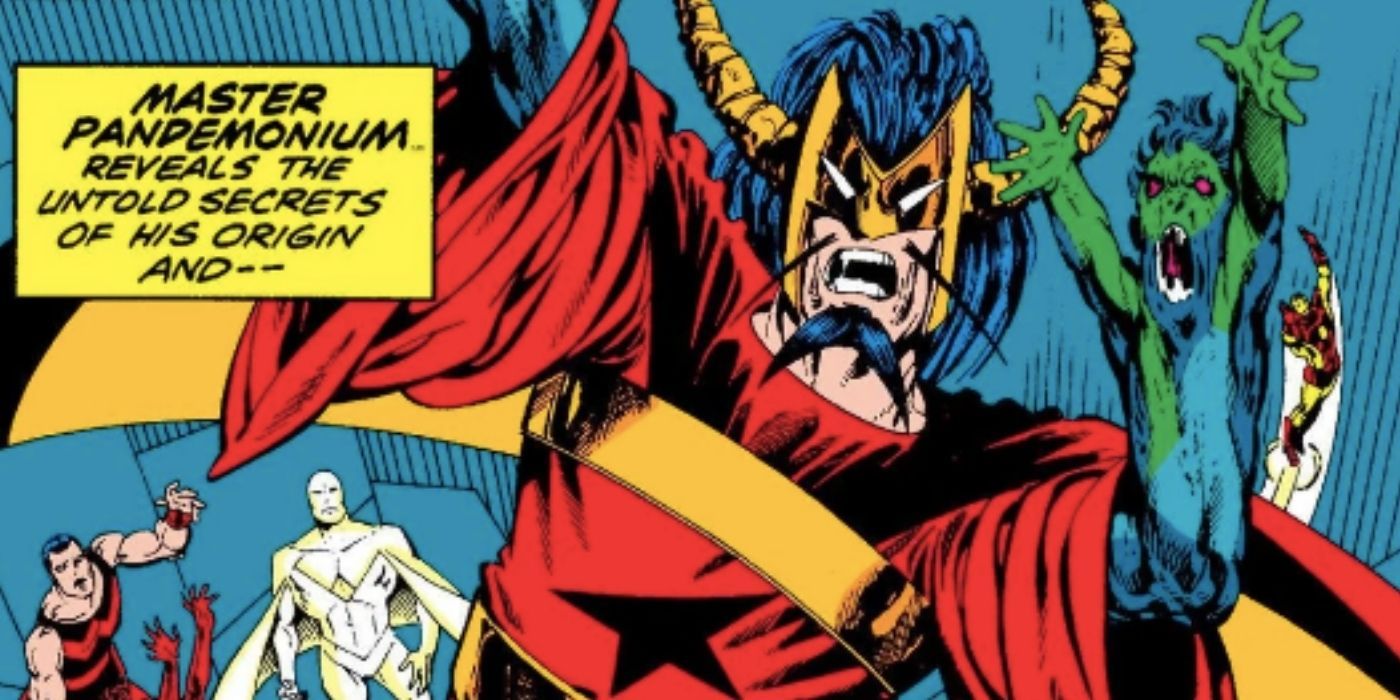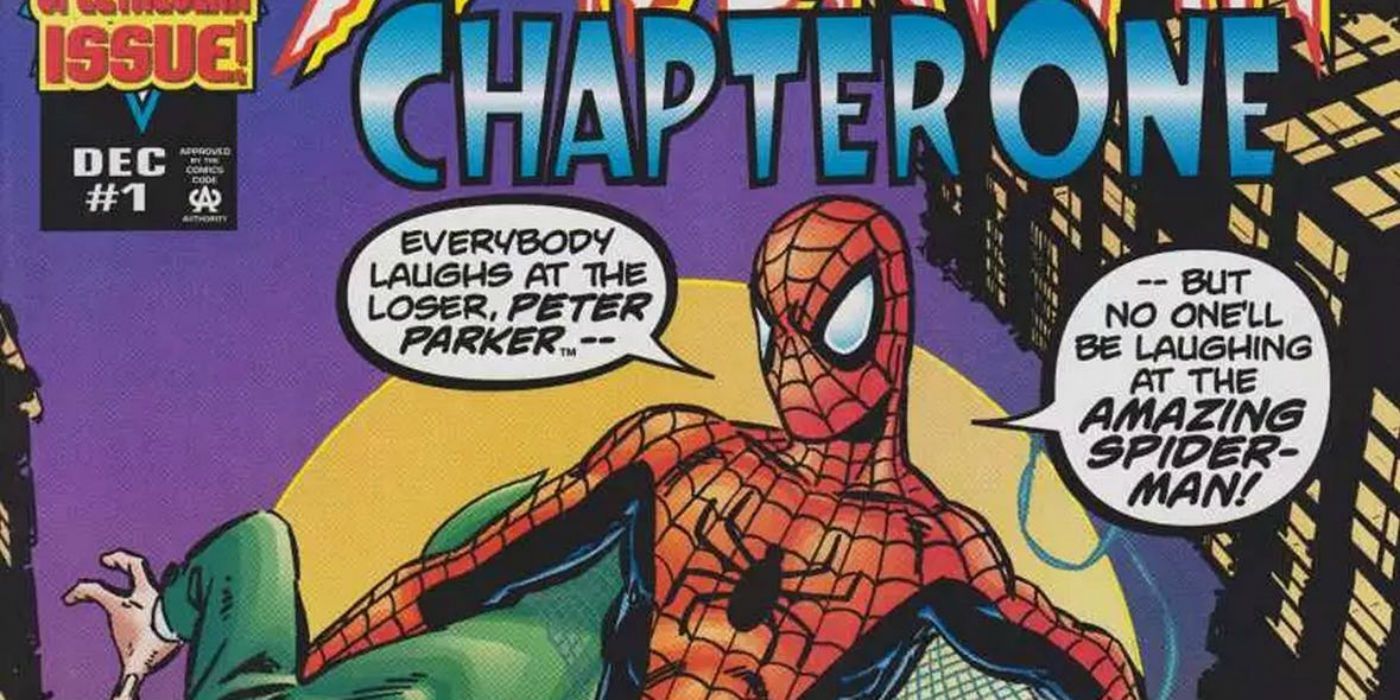For a man who once boasted about “being a cog in the Marvel machine,” John Byrne is quite opinionated, and he isn't afraid to let those opinions show in his stories.
In the 21st century, Byrne no longer enjoys the stardom he once did, because of the declining quality of his work. He's also burned too many bridges in the industry. Also, since discovering the internet, he’s made it his mission to offend every marginalized group under the sun. His influence still looms large though, in part because of his landmark work with the X-Men and the Fantastic Four— but also because he is responsible for some very unpopular creative choices involving Wonder Woman, Superman, Scarlet Witch & Vision, and others.
10 A More Noble Doctor Doom
Jack Kirby & Stan Lee's Doom, memorable for his theatricality and pathos, was an indisputably evil megalomaniac and viewed his servants as completely disposable. Byrne's Doom, however, had a pretense of nobility. He was beloved by his subjects and he loved them in turn, if only in the way a master loves his pet.
Mark Waid is a notable critic of this characterization, describing the idea that Doom is noble as "absolute crap. A man whose entire motivating force is jealousy is ridiculously petty, not grandly noble... [Doom] would tear the head off a newborn baby and eat it like an apple while his mother watched if it would somehow prove he was smarter than Reed."
9 Businessman Lex Luthor
In 1986, Byrne helmed the post-Crisis On Infinite Earths relaunch of Superman, The Man Of Steel. His goal was to streamline and modernize the Superman myth; to the latter end, he reimagined Lex Luthor as a businessman rather than a mad scientist.
This also gave a new layer to Luthor's resentment. Were it not for "the alien," it's the self-made Lex who'd be Metropolis' most powerful man. While this characterization has endured and especially colored Clancy Brown's beloved portrayal of Lex in the DCAU, not all were impressed. Neil Gaiman, in particular, derided Byrne's Luthor as "skinny Kingpin."
8 Soft Rebooting Wonder Woman While Intentionally Not Researching The Character's History
George Pérez's relaunch of Wonder Woman is a strong contender for strongest post-Crisis relaunch. He was the first Wonder Woman writer to take the character to the same heights as her creator, William Moulton Marston. Pérez's successor, William Messner-Loebs, very much followed in Pérez's footsteps.
John Byrne, however, threw things in the air: “I normally do copious amounts of research and read all the back issues, and I haven’t done that on Wonder Woman. I very deliberately said I’m going to do what I think she is, what I always felt she was.” For one, he moved Diana out of Boston and banished Pérez's supporting characters, Julia and Vanessa Kapatelis. Fans of Pérez's run were understandably less than thrilled.
7 Donna Troy's Revised Origin Was A Retcon Of A Retcon
To account for Wonder Woman becoming a new hero in the Post-Crisis continuity, Marv Wolfman retconned the origins of Donna Troy/Wonder Girl in New Teen Titans to sever her from Diana and the Amazons.
Byrne then undid this retcon, instead doing a retcon of his own: Donna was now a clone/twin sister of Diana who'd been abducted by an entity known as "the Dark Angel." While some appreciated having Donna back in the Wonder family, others found the retcon too complicated.
6 Clark Kent Is The Real Personality, Not Superman
For much of Superman's history, there was an understanding about the character's duality: "Clark Kent" was a guise he used to stay close to humanity. Alan Moore's Superman stories, from "For The Man Who Has Everything" to "Whatever Happened To The Man Of Tomorrow," adhere to this, as does the famous monologue about Superman in Kill Bill Vol. 2.
For The Man Of Steel, Byrne flipped the whole idea; his Superman absolutely considers "Clark Kent" to be his true self and Earth his home, for it's the name he was raised under and the planet he was raised on. Indeed, in the final scene, he somewhat dismissively speaks of Krypton and his birth parents as "mementos of a life that might have been." Byrne drew on his experiences as an immigrant (born in England, then moving to Canada, and later, America) for this reimagining, but fans of older Superman weren't impressed.
5 Putting Superboy In A Pocket Dimension & Making Him An Antagonist
Byrne's revisions to Donna Troy's history may be a bit confounding, but they have nothing on how he accounted for Superboy. This time, the retcon was to account for the role Superboy had played in the Legion Of Superheroes' history despite Post-Crisis Superman having never been Superboy.
So, Byrne revealed that the Legion's Superboy had existed in a pocket dimension created by the Time Trapper. This retcon, coupled with having Superboy as an antagonist, was another of Byrne's twists which classic Superman fans didn't appreciate.
4 Doom Scarred His Own Face With His Mask
As recounted in Fantastic Four Annual #2, Lee and Kirby intended Doom to have suffered burn scars so horrifying to behold that he hid his face behind his armor. Kirby, at least, had second thoughts about this. In a drawing done years after his time on Fantastic Four had ended, Kirby depicted an unmasked Doom as having only a thin scar across his cheek. The good Doctor was so vain he couldn't tolerate even a slight imperfection in his looks.
To reconcile these two portrayals, Byrne (when retelling Doom's origin) had the initial explosion only leave a small scar. Doom, convinced his face is ruined, then gives himself more horrific scars by putting his freshly-forged mask on while it's still burning. For many fans, this simply made Doom look moronic rather than tragically vain.
3 Destroying— Then Reconstructing— The Vision
Vision and the Scarlet Witch had been an Avengers power couple for more than a decade by the time Byrne took over writing duties on Avengers West Coast. However, the relationship had never sat right with Byrne; he saw Vision as little more than a "toaster" and his marriage to Wanda as profane.
So, in Byrne's "Vision Quest" storyline, the android is disassembled then rebuilt into a phantom-like white form. This new "White Vision" has no emotions or love for Wanda, effectively ending their marriage. For fans of the couple together, this turn of events was most unwelcome. Using the White Vision plot as part of WandaVision's season finale was also met with a similarly divisive reaction.
2 Wanda's Demon Babies
Byrne, apparently deciding that Wanda hadn't suffered enough, decided to take more of her family from her. Having not been a fan of Wanda and Vision's marriage, Byrne definitely wasn't a fan of the pair having children, even magically-created ones.
So, shortly after "Vision Quest," Byrne revealed that Wanda's twins, Tommy & Billy Maximoff, were created from fragments of Mephisto's soul. The twins were then absorbed by Mephisto's servant, Master Pandemonium, and effectively vanquished. Fans of Wanda and Vision already disliked the previous turn, but this was just rubbing salt in the wound.
1 "Spider-Man: Chapter One" Was A Failed Attempt At A Post-Clone Saga Reboot
"Chapter One" was an attempted revitalization of Spider-Man after the character fell into a rut with the arduous, prolonged "Clone Saga." The series ran for 13 issues, retelling Peter Parker's early days with some revisions (Spider-Man and Doc Ock are created in the same accident, the Green Goblin as an overarching villain) and modernizations. The series was poorly-received and disregarded by Marvel soon after its publication in 1998.
The idea of a Spider-Man reboot did have merit. Brian Michael Bendis and Mark Bagley proved that two years later with Ultimate Spider-Man. However, that series' praise has just pushed "Chapter One" further into the dustbin instead of vindicating it.

